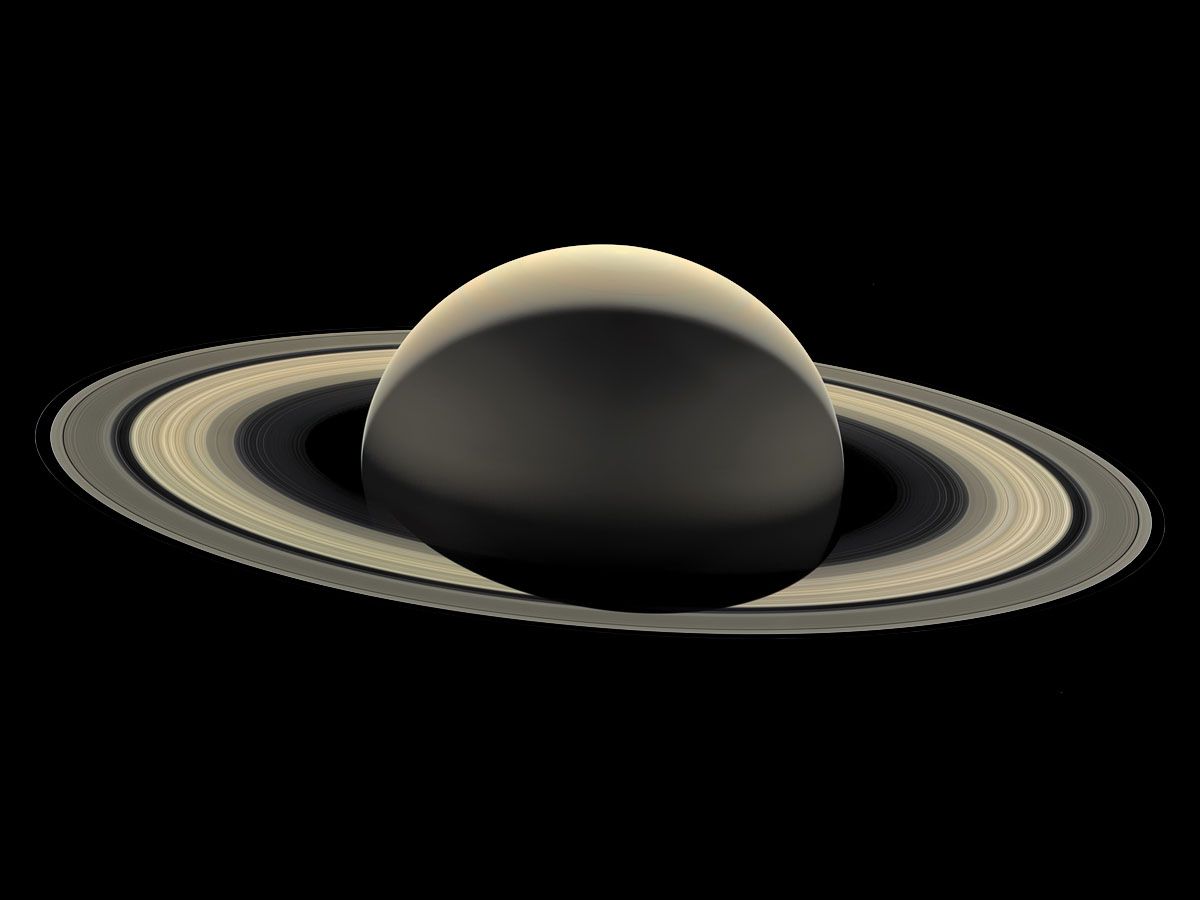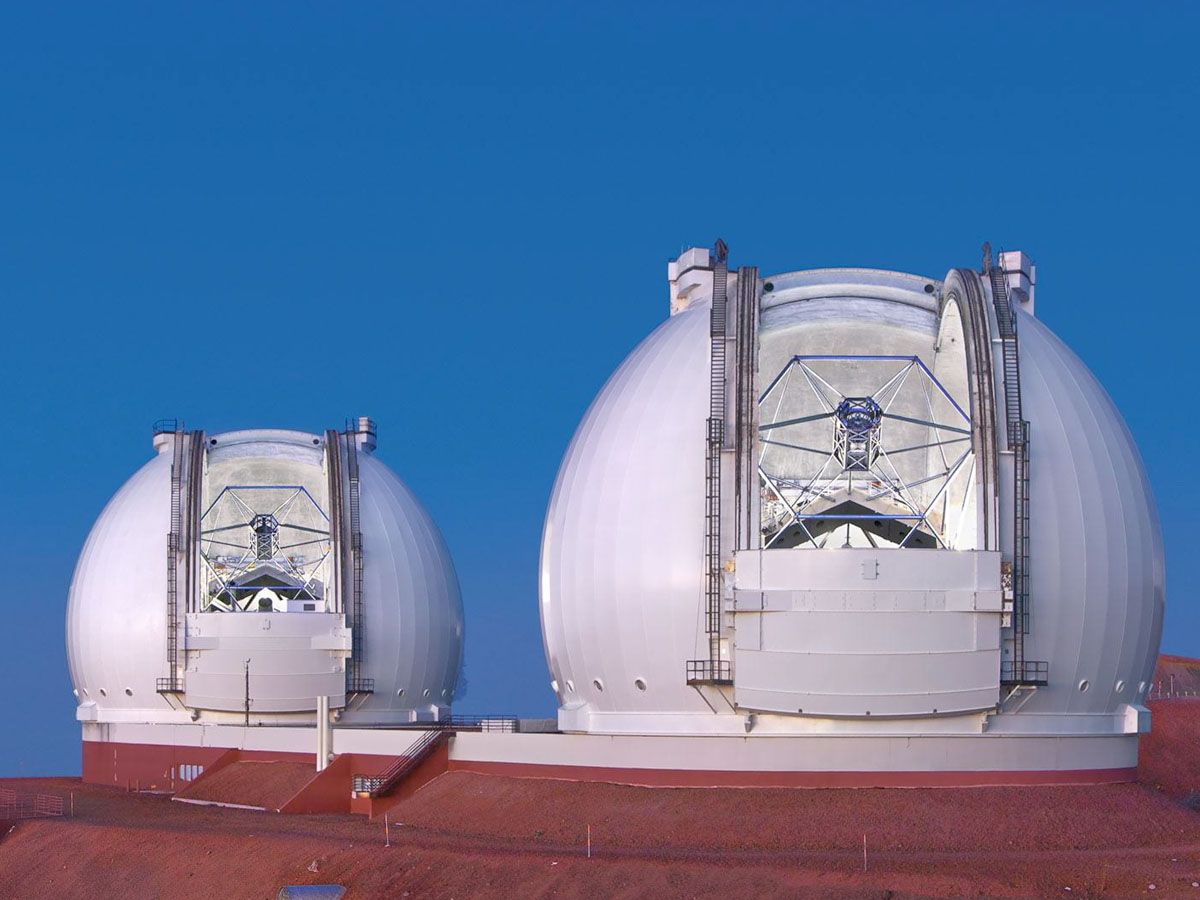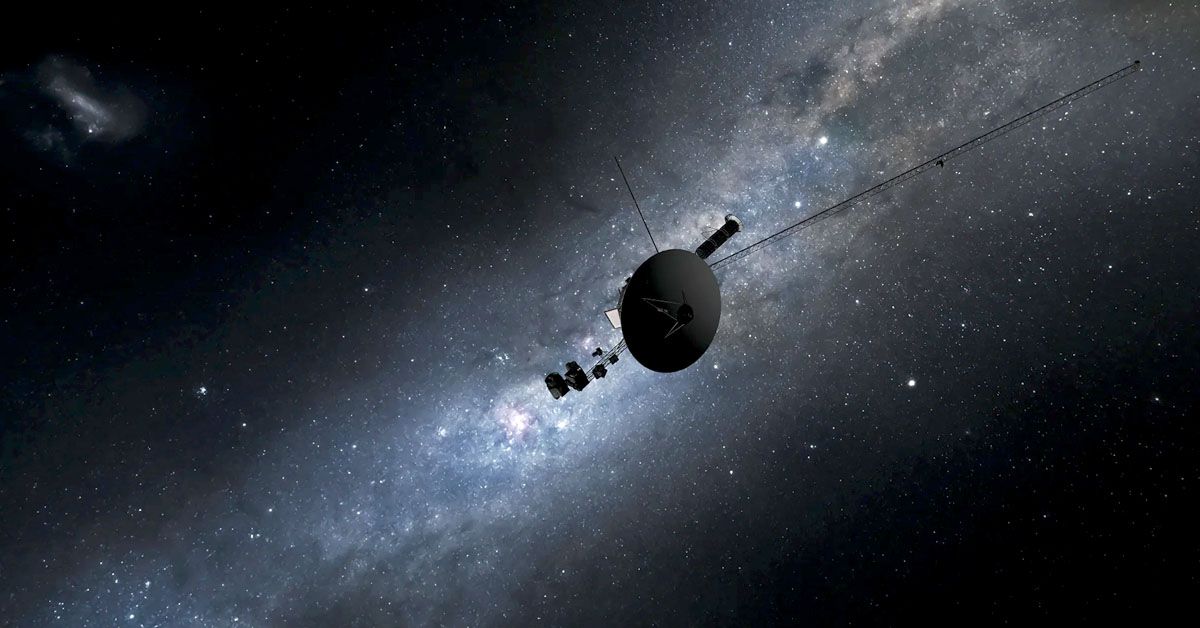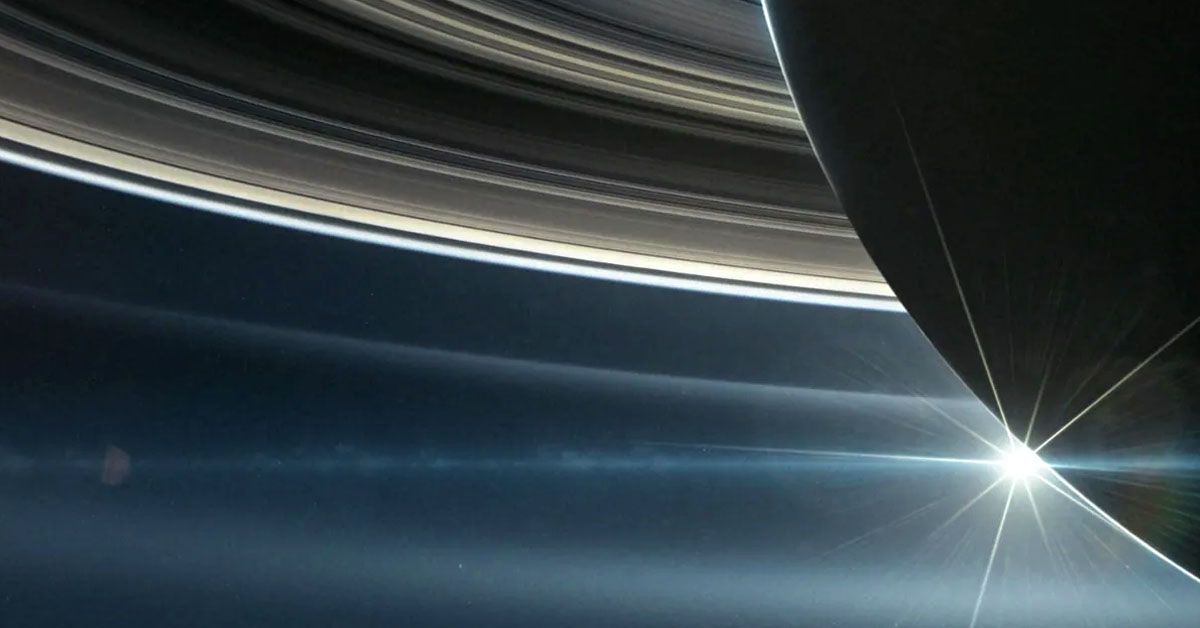Saturn's rings have captivated astronomers and space enthusiasts alike for centuries. However, these beautiful structures are disappearing at an alarming rate, and the exact timeframe of their existence remains unknown. With the help of cutting-edge technologies like the James Webb Space Telescope and the Keck Observatory in Hawaii, scientists are racing against time to unravel the mystery behind this vanishing act.
The Phenomenon of Saturn's Ring Rain
The enigmatic phenomenon of Saturn's ring rain has been a subject of scientific inquiry since the 1980s when the first signs of erosion in the planet's rings were observed. This erosion, caused by a cascade of icy particles from the rings, has led to a steady downpour of material onto Saturn's atmosphere, giving rise to the ring rain phenomenon. Over the years, our understanding of this captivating process has significantly advanced, with the Cassini spacecraft playing a pivotal role in shedding light on the details of this icy precipitation.
Findings from the Cassini mission have provided valuable data on the rate at which the icy rain is falling onto Saturn. According to the spacecraft's observations, an astounding 880 pounds (400 kg) to 6,000 pounds (2,800 kg) of icy material is pouring down onto the planet every second. Despite these measurements, the exact rate at which the ring material is raining onto Saturn remains uncertain mainly, fueling the need for further research.

In the quest to comprehend the ring rain phenomenon, scientists have identified Saturn's gravity and magnetic fields as crucial factors that influence the behavior of the icy particles within the rings. The planet's immense gravitational pull draws the particles inward, while its magnetic fields guide them to flow into the upper atmosphere. However, the pace at which these particles move is not always uniform, adding another layer of complexity to the intriguing phenomenon of Saturn's ring rain.
Investigating the Fate of Saturn's Rings
As the erosion of Saturn's rings continues to mystify scientists, efforts to determine the timeframe of their disappearance have led to a range of estimates. Some astronomers believe the rings could vanish within 100 million years, while others suggest it could take up to 300 million years or even linger for 1.1 billion years. The broad range of these predictions highlights the need for further investigation to unveil the fate of the iconic rings.
One factor that could potentially influence the rate at which Saturn's rings are vanishing is the planet's tilt toward and away from the sun. As the orientation of the rings changes in relation to the sun, it may affect the amount of material dropping onto the planet. For instance, when the rings are edge-on with the sun, the ring rain might slow down, while it could increase when the rings are tilted towards the sun. Understanding this relationship is crucial in obtaining a more accurate estimate of the rings' longevity.

James O'Donoghue, a planetary scientist at the Japan Aerospace Exploration Agency, leads the charge to uncover the fate of Saturn's rings. O'Donoghue and his team are set to leverage the capabilities of the James Webb Space Telescope and the Keck Observatory in Hawaii, aiming to measure emissions from a specific hydrogen molecule in Saturn's upper atmosphere. This innovative approach promises to provide a more accurate estimation of the ring influx and ultimately shed light on the enigmatic longevity of Saturn's rings.
Why are Saturn's rings disappearing?
— Dr James O'Donoghue 🪐 (@physicsJ) January 25, 2019
An animated thread!
We published our work Dec 17, 2018. Full press release / full video: https://t.co/tANCzFKshL.
BEGIN! pic.twitter.com/xDDyKtRpar
Advances in Research and Observation
In the pursuit of understanding Saturn's rings and their eventual fate, advances in research and observation have become crucial. One significant breakthrough in the field involves utilizing the James Webb Space Telescope and the Keck Observatory in Hawaii to measure emissions sprouting from a specific hydrogen molecule in Saturn's upper atmosphere. This cutting-edge method is expected to enable scientists to better estimate the influx of ring material and gain valuable insights into the ring rain phenomenon.

Another aspect that continues to puzzle astronomers is the age and formation of Saturn's rings. Numerous models and theories have been proposed over the years, with some suggesting the rings have been a permanent feature around the planet since its formation 4.5 billion years ago. On the other hand, recent evidence points to a much younger age, estimating the rings to be only 10 million to 100 million years old. The ongoing debates over the rings' age underscore the need for further investigation to unravel their mysterious origins.
One intriguing hypothesis put forth by astronomers is that the heavy ring rain could be responsible for the rings' seemingly youthful appearance. According to this theory, the constant influx of material from the rings onto Saturn might be giving them a relatively fresh and pristine look, despite their true age. As research progresses, scientists hope to uncover more about the role of ring rain in shaping the appearance and longevity of Saturn's enigmatic rings.
The Role of NASA's James Webb Space Telescope
NASA's James Webb Space Telescope (JWST) is playing a pivotal role in investigating the mysterious shrinking of Saturn's rings. As a state-of-the-art instrument, the JWST is capable of capturing unprecedented data and images, enabling scientists to delve deeper into the intricacies of the ring rain phenomenon and its impact on the rings' gradual disappearance.

One of the JWST's key contributions is to help researchers better understand the composition and characteristics of Saturn's rings. Comprising ice and rock chunks that orbit the planet's equator at varying speeds, the rings exhibit complex and dynamic behaviors. By providing detailed observations of these icy particles, the JWST will enable scientists to decipher the interactions between the rings and the planet's gravity, as well as the role of magnetic fields in guiding the particles into Saturn's upper atmosphere.
The JWST's work builds upon previous observations made by the Voyager 1 and 2 probes in 1980 and 1981, which first detected the erosion of Saturn's rings. These historic missions laid the groundwork for the current understanding of the ring rain phenomenon, revealing that Saturn's gravity and magnetic field are attracting matter from its rings. By combining the groundbreaking data from the Voyager missions with new insights from the James Webb Space Telescope, researchers will be better equipped to unravel the mysteries surrounding the shrinking of Saturn's rings and their ultimate fate.

The Future of Saturn's Rings and Their Importance
The future of Saturn's rings remains uncertain, with estimates of their disappearance ranging from 100 million to 1.1 billion years. The lifespan of these magnificent celestial structures has fascinated astronomers and fueled extensive research to better understand the forces at play and their implications on the rings' existence.
We are fortunate to witness the existence of Saturn's rings in our lifetime, as they represent a cosmic rarity in the grand timeline of the universe. Their beauty and enigmatic nature continue to captivate scientists and stargazers alike, making the study of their formation, evolution, and eventual disappearance a crucial endeavor in the field of astronomy. As researchers continue to uncover the mysteries surrounding these awe-inspiring structures, we are reminded of the wonder and vastness of the cosmos and our place within it.
Sources: space.com / theregister.com / metro.co.uk / thesun.co.uk / newsbytesapp.com / digitaljournal.com













